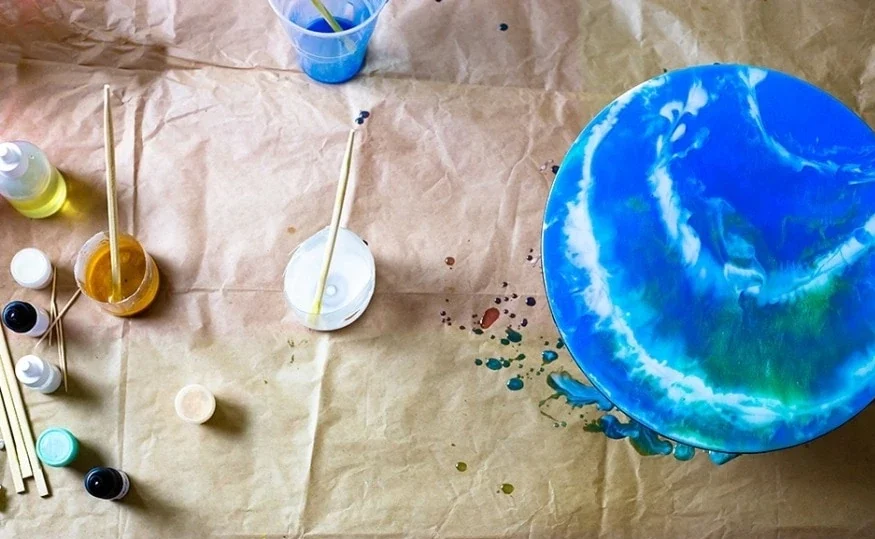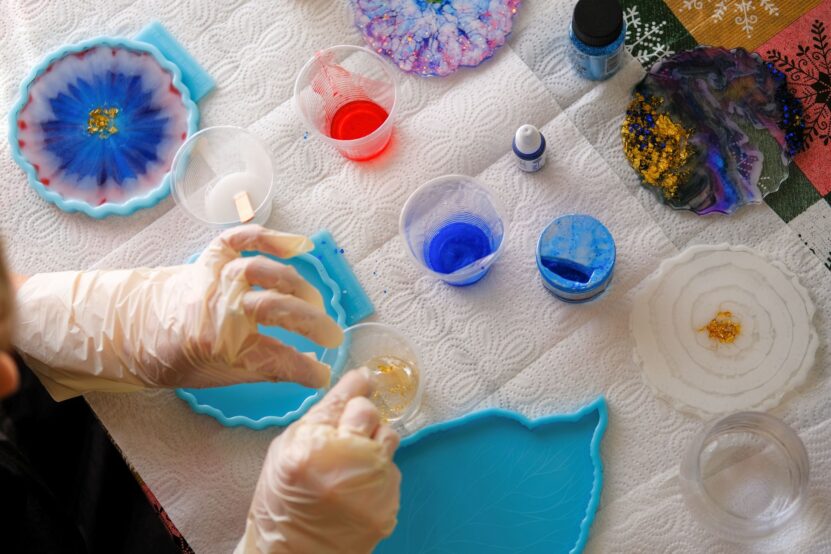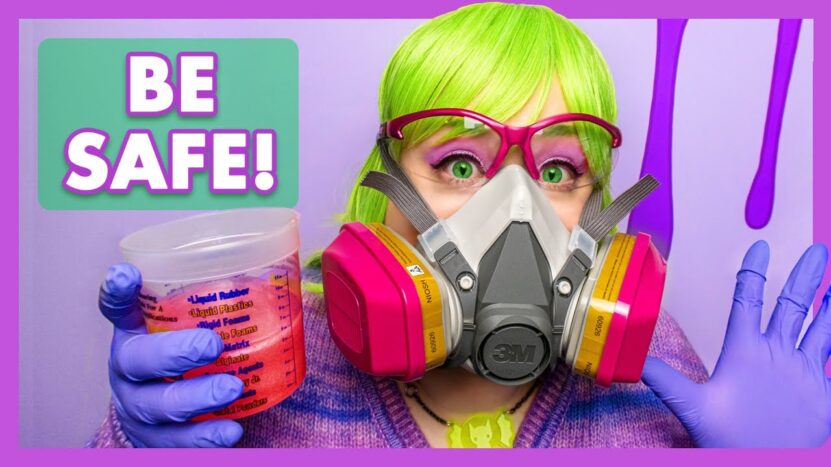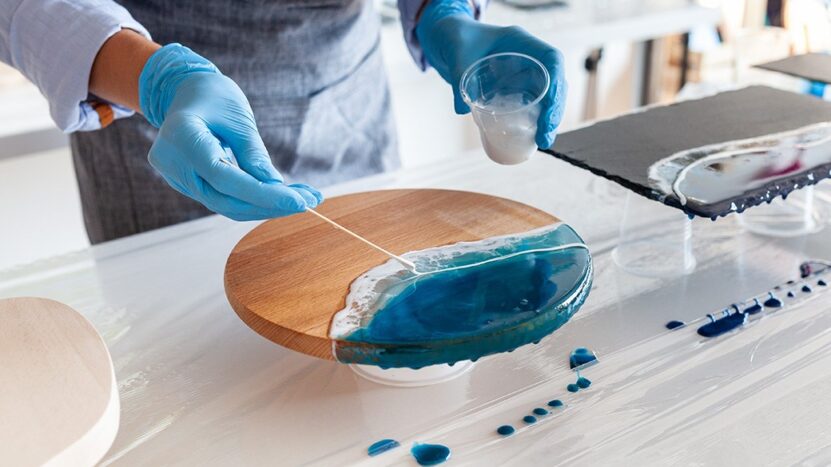When venturing into the world of epoxy resin, knowing the essential do’s and don’ts can make the difference between a masterpiece and a mess.
Epoxy resin, beloved for its high gloss and strong adhesive properties, is used in a wide range of applications from crafting to construction.
However, its application demands precision and care. Besides that, proper selection of quality epoxy resin is the key.
In this guide, we will explore the top 10 crucial tips you need to know before mixing and pouring your resin. Here are the “Do’s” and “Don’t’s”.
1. Do Prepare Your Workspace Thoroughly

Before you begin any resin project, preparation is key. Ensure your workspace is clean, dry, and free of any dust or debris. Cover your working surface with a plastic sheet or wax paper to protect it from spills and drips. Good ventilation is essential not only for curing but also for your health, as epoxy can release fumes. Keep all necessary tools within reach, including mixing sticks, measuring cups, and any decorative items you plan to embed in the resin. Preparation extends the life of your project and makes the process smoother and more efficient.
2. Do Measure and Mix Accurately
The chemistry of epoxy resin is precise. It requires exact ratios of resin to hardener, typically at a 1:1 or 2:1 ratio, depending on the product’s specifications. Use clear measuring cups for accuracy and mix the components thoroughly to ensure a flawless chemical reaction. Under-mixing can lead to soft spots or tacky areas that never fully cure. It is recommended to stir the mixture for at least 3-5 minutes, scraping the sides and bottom of the container to integrate all parts evenly. This meticulous approach prevents imperfections and guarantees a solid finish.
3. Do Choose the Right Resin for Your Project

Epoxy resins come in various formulas, each suited for different applications. For instance, some resins are designed specifically for art projects, creating a high-gloss finish ideal for paintings or jewelry. Others are formulated for industrial applications, offering high strength and resistance to wear and chemicals. Consider factors such as UV resistance, viscosity, and working time. Selecting the appropriate resin ensures that it performs as expected for the specific use, whether you are coating a tabletop or casting small objects.
4. Do Use High-Quality Tools and Materials
The quality of your tools and materials can significantly impact the final outcome of your resin project. Invest in high-quality resin and hardener to avoid issues with yellowing or incomplete curing. Additionally, using professional-grade mixing tools, molds, and colorants can enhance the aesthetic and structural quality of your projects. Cheap materials can introduce contaminants or react unpredictably with the resin. Quality tools not only improve the final product but also make the application process more manageable and less prone to errors.
5. Do Monitor Temperature and Humidity
Epoxy resin is sensitive to temperature and humidity. Ideal conditions typically range between 70-75°F with humidity under 50%. Too much humidity can prevent the resin from curing correctly, possibly causing a cloudy or sticky finish. Too cold, and the resin may become too thick to work with or cure improperly. Use a space heater or a dehumidifier to control the environment if necessary. Monitoring these conditions helps ensure that the resin cures to a hard, clear finish and adheres properly to surfaces.
6. Don’t Rush the Curing Process
Patience is vital when working with epoxy resin. While it might be tempting to speed up the curing process with additional heat or move your project to a cooler location to slow it down, altering the curing environment can lead to complications like warping, bubbling, or even cracking. Adhere to the manufacturer’s recommended curing times and conditions. Remember, the resin’s strength and clarity are optimal when it cures at the suggested temperature and humidity levels without interference.
7. Don’t Skimp on Safety Precautions

Handling epoxy resin requires careful attention to safety. Always wear protective gear, including gloves, goggles, and a respirator mask if you’re working in a less-ventilated area. Epoxy resin and hardeners can be skin irritants or cause allergic reactions, and the fumes may be harmful if inhaled in concentrated amounts. Ensuring proper ventilation and wearing appropriate safety equipment protects you from potential health risks and enhances your overall crafting experience.
8. Don’t Ignore Manufacturer’s Instructions
Each epoxy resin kit comes with a set of specific instructions regarding mixing ratios, curing time, and environmental conditions. Ignoring these guidelines can result in a project that fails to cure properly or exhibits unexpected flaws. The manufacturer’s instructions are designed to provide the best results for their specific formula, so adherence is crucial. It’s tempting to rely on general knowledge or past experiences with different resins, but each type can behave differently depending on its chemical composition.
9. Don’t Mix Brands or Components
Consistency is key in epoxy application. Mixing different brands or types of resin and hardener can lead to unpredictable chemical reactions. Components are typically formulated to work together as a system, and using mismatched materials can prevent proper curing or affect the structural integrity of the finished product. Stick to the same brand and type of resin and hardener throughout your project to ensure that the chemical properties are balanced and effective.
10. Don’t Use Unclean Tools and Containers

Residual particles, moisture, or remnants of other chemicals on your tools or mixing containers can introduce impurities into the epoxy resin, leading to cloudy or weakened results. Always use clean, dry tools and containers for each mix. This prevents contamination that could alter the curing process or the appearance of your project. Being meticulous with your equipment not only ensures a cleaner outcome but also prolongs the usability of the resin by avoiding unintended chemical reactions.
Conclusion
In conclusion, mastering the application of epoxy resin is about striking the right balance between meticulous preparation and attentive execution. By embracing the do’s—such as preparing your workspace, measuring accurately, choosing the right resin, using quality tools, and controlling environmental conditions—and avoiding the don’ts—such as rushing the curing process, ignoring safety measures, disregarding instructions, mixing different brands, and using unclean tools—you set yourself up for success.
